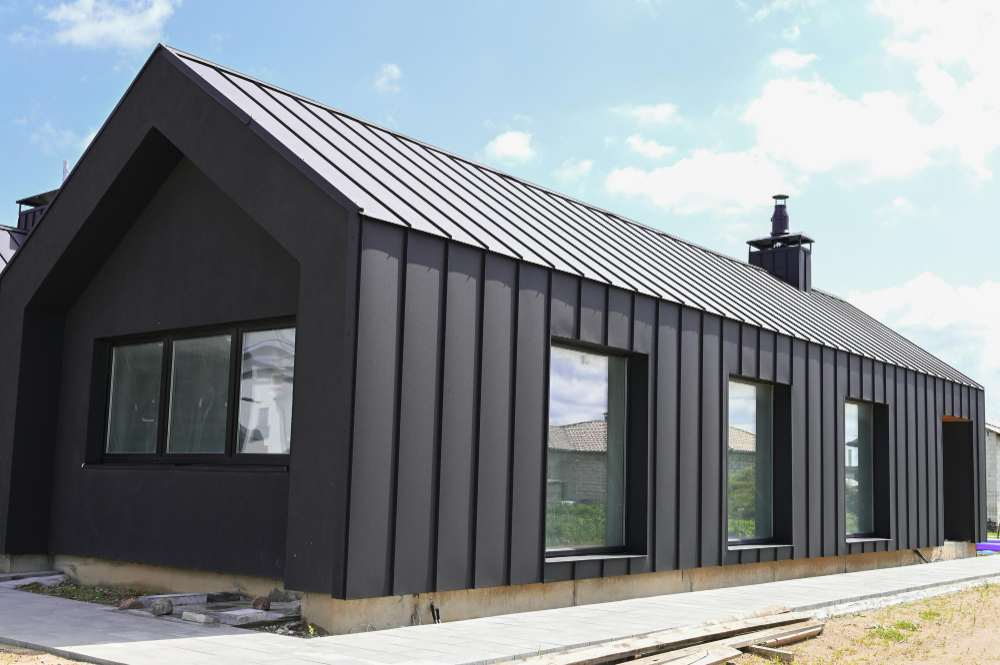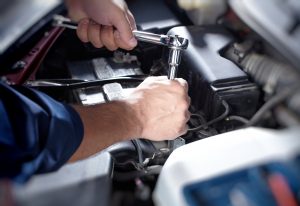Prefab House: How Modular Construction is Redefining Green Living
4 min read
The idea of living sustainably has become increasingly popular. People are increasingly choosing eco-friendly options in many areas of their lives as a result of pressing environmental concerns. Prefab houses, sometimes referred to as modular homes, are one such option that is growing in favor. These avant-garde homes not only provide a sustainable way of living, but they also completely alter our perception of green life.
In this article, Let’s explore in more detail how prefabricated homes are transforming the housing market and promoting environmental sustainability
What are Prefab Houses?
Prefab houses, sometimes referred to as modular homes, are residences that are built off-site in a factory setting and then moved and put together on-site. Prefab houses use a modular construction method, in which individual pieces or modules are prefabricated at a factory and then assembled on location, in contrast to traditional buildings, which are built totally on-site.
Prefabricated homes offer numerous advantages. First off, because labor expenses and material waste are decreased in the controlled factory setting, they are significantly more affordable than traditional building methods. Prefab homes also have quicker building times, which enables homeowners to move in sooner. Prefab homes also provide unmatched architectural versatility, with modern aesthetics and adjustable floor layouts.
People can benefit from sustainable housing options that reduce their impact on the environment and increase energy efficiency by adopting modular homes. Prefab houses are becoming a more attractive and practical choice for contemporary homeowners because of the growing need for environmentally friendly living areas.
Environmental Impact of Prefab Houses
When it comes to cutting down on construction waste and the environmental impact of typical building processes, prefab houses are essential. Prefab building, as opposed to on-site construction, drastically minimizes material waste by employing a regulated manufacturing setting. This strategy makes sure that resources are used more effectively, which reduces the amount of waste produced overall.
Prefab homes also frequently have energy-saving features and environmentally friendly materials, which adds to their sustainability. Prefab homes emphasize environmental responsibility from recycled materials to low-emission insulation and energy-efficient appliances throughout the building process.
In order to mitigate climate change, prefab construction must prioritize sustainable building methods. Prefab homes help create a more sustainable and environmentally friendly future by lowering greenhouse gas emissions, preserving natural resources, and boosting energy efficiency. It is impossible to overestimate the significance of sustainable building approaches, such as prefab construction, as the globe turns its attention to addressing climate change.
Advantages of Prefab Houses for Green Living
In the housing industry, prefab homes are setting the standard for energy efficiency and lowering carbon emissions. Prefab homes are made with sustainable materials and cutting-edge construction methods to reduce their environmental effect and energy usage.
An increasing number of creative prefab designs use sustainable energy sources, like geothermal heating systems and solar panels. By using natural resources to power houses sustainably and efficiently, these technologies help to reduce carbon emissions and the need for fossil fuels.
It also presents fascinating opportunities for off-grid living, in which homeowners can cut off from traditional utilities and rely only on renewable energy sources to meet their power requirements. This lessens the impact on the environment while also enhancing independence and resiliency in the face of energy-related difficulties.
Prefab houses, with their emphasis on energy efficiency, integration of renewable energy, and off-grid living, are reshaping sustainable living and providing a strong substitute for conventional housing options.
Challenges and Future Outlook
Addressing the fundamental possibilities of prefab building necessitates tackling prevalent misconceptions and obstacles related to it. Although some people think there aren’t many personalization possibilities available for prefab homes, this notion is being disproved by advances in technology and design. Prefab construction in the modern era offers homeowners the freedom to fully customize their homes to suit their own needs and tastes.
Navigating zoning laws, which are frequently seen to be prohibitive for prefab building, presents another difficulty. But as awareness rises and laws change, a lot of places are making accommodations for prefabricated homes, making it easier for those who want to buy one.
Technology advancements and prefab design are resolutely overcoming these obstacles. Thanks to innovative building techniques, renewable materials, and state-of-the-art design concepts, prefab homes are becoming more useful and adaptable than ever.
As sustainable development gathers traction, it is anticipated that this kind of construction would increase dramatically. Because of their inherent energy efficiency, reduced environmental effect, and ability to live off the grid, they represent a realistic choice for dwelling in the future. These elements all perfectly align with the goals of sustainable development.
Key Takeaway
Prefab house are more than simply a housing fad; they symbolize a change in lifestyle toward one that is more ecologically friendly and sustainable. For individuals looking to live more sustainably and lessen their carbon footprint, prefab homes present an appealing option because they make use of eco-friendly building methods and modular construction processes. Prefab homes have the potential to significantly influence how green living is carried out in the future as long as there is a growing need for sustainable housing.


